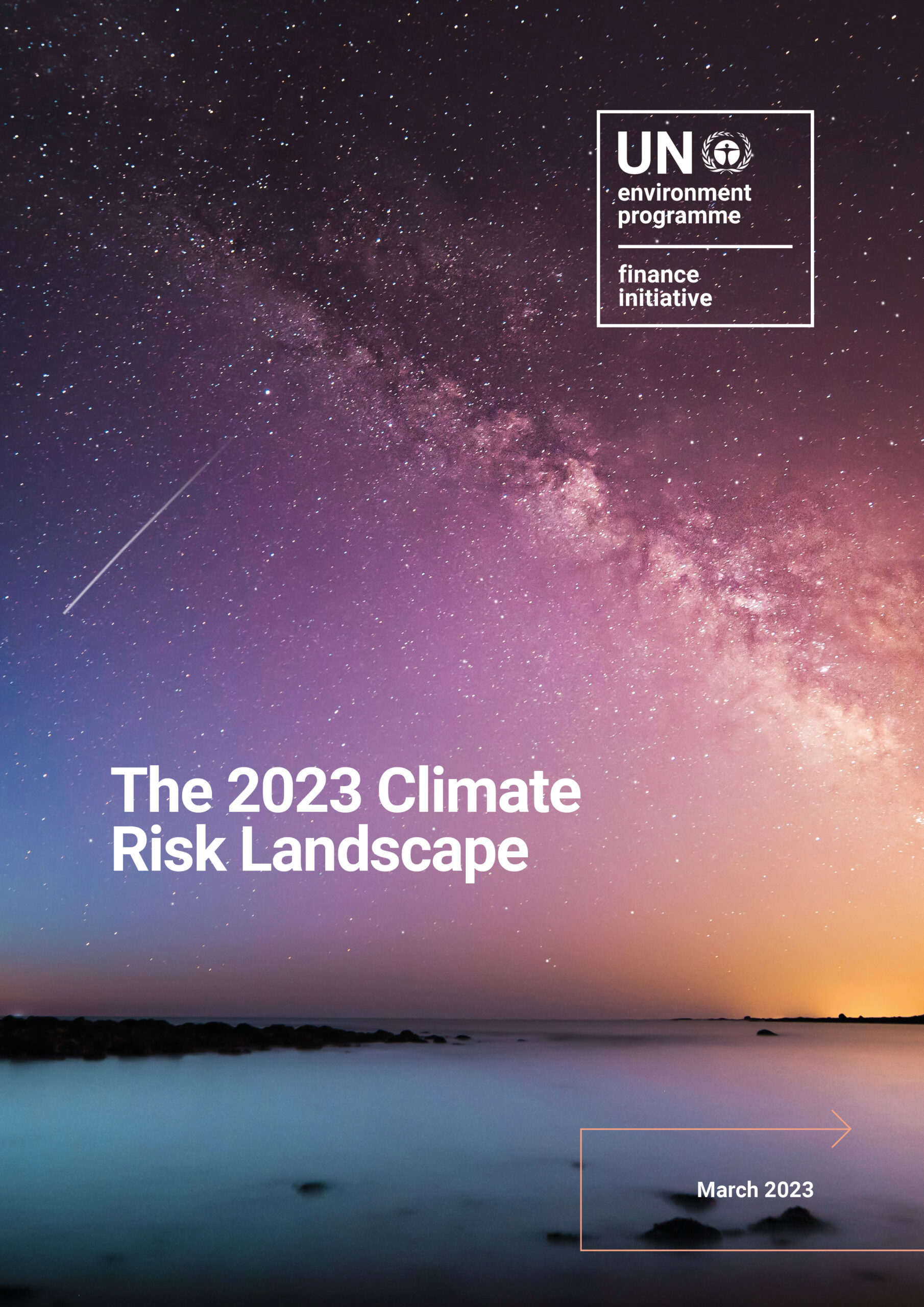Today’s global carbon-pricing landscape can and should be transformed in a matter of years and pave the way for 1.5ºC-aligned emissions regulation, according to a new discussion paper from the Net-Zero Asset Owner Alliance, convened by the UN.
Alliance members are committed to leveraging their portfolios to rapidly reduce global greenhouse gas (GHG) emissions and limit global warming to 1.5ºC in a comprehensive, just, and internationally acceptable way that maintains a level playing field across borders.
At present, around 80% of global carbon emissions are not yet covered by carbon-pricing mechanisms like emission-trading schemes or taxes. The paper therefore proposes principles that will see all countries and regions set clear, legally binding net-zero targets, supported by regulated carbon-pricing measures, detailed implementation plans and interim emissions reduction milestones.
Günther Thallinger, Member of the Board of Management Allianz SE and Chair of the Net-Zero Asset Owner Alliance said: “The principles we lay out in the discussion paper seek to accelerate policy and regulatory improvements towards a just transition. Non-regressive and revenue-neutral carbon-pricing instruments – harmonised across borders – will not only unleash massive investment in renewable power systems globally, but boost sectors from construction to transport, which are in urgent need of transition. While we recognise that carbon-pricing is not a universal solution, governments that apply these principles will significantly increase their ability to deliver access to clean, affordable and reliable energy for all citizens.”
Charles Emond, President and CEO of Caisse de dépôt et placement du Québec (CDPQ), said: “Massive investments are required across industries to reduce carbon emissions. This is particularly true for the production of the building blocks of a greener economy such as chemicals, metals or cement, which are highly carbon intensive. A carbon price corridor giving a clear economic signal as well as more pre-visibility will provide the global environment necessary for companies to make sound investments decisions and for investors to support them in the decarbonization of the real economy.”
The carbon-pricing mechanisms proposed are a hybrid scheme between emissions trading or cap-and-trade schemes (ETS), and carbon taxes or levies. A minimum market price – the floor – can be set to provide certainty to investors and a guardrail against price crashes. A maximum market price – the ceiling – provides a guardrail against rapid increases in prices, preventing backlash that could undermine political support for carbon-pricing more broadly.
Since there is a considerable onus on governments to increase their ambitions for mandatory regulation of emissions, the carbon-pricing mechanism proposed works as a price corridor, where both floor and ceiling rise over time. If carbon-pricing should acceerate net-zero emissions by 2050, a central median estimate of $147 per tonne is required by 2030, according to the OECD’s estimate. This would be almost treble the current price of carbon in the EU which has been trading at around €50 ($59) / per tonne since May.
The hybrid carbon price corridor design provides companies and investors with greater certainty of future price levels for efficient capital allocation, in addition to stable and reliable incentives for stakeholders to adopt or develop low or zero-emission technology.
The recommendations outlined in today’s discussion paper call for a lower carbon budget (the cumulative amount of emissions permitted over a period of time) than the parameters which currently exists, which decarbonise the global economy neither fast nor fast enough to meet the requirements of a 1.5ºC world. Moreover, in many markets where carbon-pricing schemes are operational, the effective prices across the economy vary considerably because of exception rules granted, free allocation of carbon trading permits, and counter-running subsidies for sectors such as fossil fuels and agriculture.
The discussion paper’s principles seek to address these challenges through proposing the carbon-pricing mechanisms as a complementary policy instrument. The Net-Zero Asset Owner Alliance strongly encourages governments to accelerate R&D funding into zero-carbon and carbon-removal technologies, in addition to policies that drive the development and deployment these solutions at industry scale.
As such, carbon-pricing and the headline price corridor mechanism is an important backstop in policy design, acting as an incentive to transition within the carbon-intensive sectors. A combination of policy instruments together will lessen climate transition financial risks, drive future global economic growth by creating millions of new jobs, and most importantly help propel the world towards a just energy transition.
Download the full report from the Alliance resources page
About the UN-convened Net-Zero Asset Owner Alliance
Mmembers of the UN-convened Net-Zero Asset Owner Alliance have committed i) to transitioning their investment portfolios to net-zero GHG emissions by 2050 consistent with a maximum teperature rise of 1.5°C above pre-industrial levels; ii) to establishing intermediate targets every five years; and iii) to regularly reporting on progress. The Alliance is convened by UNEP’s Finance Initiative and the Principles for Responsible Investment (PRI). The Alliance is supported by WWF and Global Optimism, an initiative led by Christiana Figueres, former Executive Secretary of the United Nations Framework Convention on Climate Change (UNFCCC).


